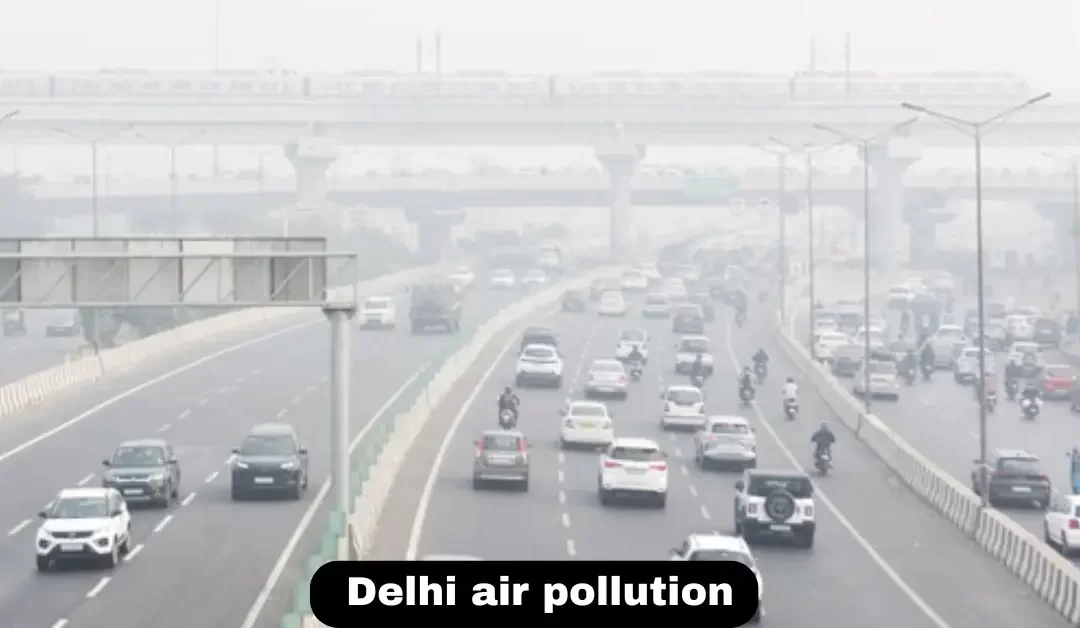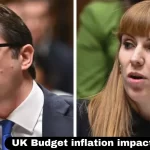The Delhi government has taken strict action to control air pollution by banning BS-III petrol and BS-IV diesel four-wheelers under the Graded Response Action Plan (GRAP-III). Starting from Friday, violators of this ban will face a fine of ₹20,000 and possible legal action under Section 194(1) of the Motor Vehicle Act, 1988.
Key Points of the Ban:
- Prosecution and Penalties: Drivers found violating the ban will be fined ₹20,000 and could face prosecution. This tough measure is aimed at reducing pollution from older vehicles that do not meet current emission standards.
- Restrictions on Goods Vehicles: Diesel-operated Medium Goods Vehicles (MGVs) registered in Delhi with BS-III standards or older are not allowed to operate within the city limits. However, exceptions are made for those carrying essential goods or providing essential services.
- Inter-State Bus Limitations: Buses from nearby NCR states, except for those running on electric, CNG, or BS-VI diesel engines, are prohibited from entering Delhi. Only buses and tempo travelers with an All India Tourist permit can enter.
Reasons Behind the Ban:
The decision comes after the Commission for Air Quality Management (CAQM) ordered the implementation of GRAP-III measures in response to worsening air quality in Delhi-NCR. On Friday morning, the air quality index (AQI) reached the ‘severe’ category, prompting the authorities to take immediate steps to improve conditions.
GRAP-III Measures Explained:
- Road Cleaning and Water Sprinkling: Under GRAP-III, the frequency of mechanized road sweeping has been increased. Daily water sprinkling with dust suppressants is also being conducted to control dust particles.
- Dust Management: The collected dust from roads is properly disposed of at designated sites and landfills to prevent it from polluting the air.
- Ban on Demolition and Construction Work: Activities like demolition, earthwork for excavation, filling, boring, and drilling are temporarily banned. The transportation of demolition waste has also been restricted.
Understanding Air Quality Categories:
The Graded Response Action Plan classifies air quality into four categories:
- ‘Poor’ (AQI 201-300)
- ‘Very Poor’ (AQI 301-400)
- ‘Severe’ (AQI 401-450)
- ‘Severe Plus’ (AQI above 450)
Delhi’s air quality had already hit the ‘severe’ level earlier in the season compared to the previous year when it was first recorded on November 2. The early decline in air quality has raised alarms, leading to strict measures.
Government Initiatives for Cleaner Air:
The ban on older vehicles complements other efforts taken by the Delhi government. An 11-point action plan has been introduced, including:
- Increased Road Cleaning: High-traffic areas are being swept more frequently to remove pollutants.
- Water Sprinkling: Water is sprinkled daily to settle the dust in congested areas.
- Promotion of Public Transport: People are encouraged to use public transport to reduce the number of vehicles on the road and minimize emissions.
These steps, along with strict monitoring and enforcement, aim to reduce pollution and protect the health of Delhi’s residents.
Importance of the Ban:
Delhi’s pollution problem is not new, but it becomes especially severe during the winter months. Factors such as construction dust, vehicular emissions, and industrial activities contribute significantly to the city’s poor air quality. With an AQI that frequently reaches alarming levels, implementing strong measures like the GRAP-III is essential to manage and reduce pollution.
Challenges and Compliance:
While the new rules are in place, compliance remains a challenge. The government will need to ensure that these regulations are strictly followed. Law enforcement and pollution control boards will play a critical role in checking vehicles, issuing fines, and maintaining control over construction activities.
Potential Impact on Residents:
Residents might face some inconveniences due to restrictions on certain vehicles and construction work. However, these measures are crucial for cleaner air and better health. The emphasis on public transport and cleaner vehicles can encourage a shift towards more sustainable practices.































